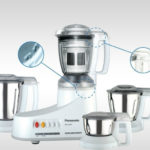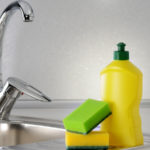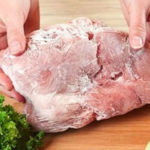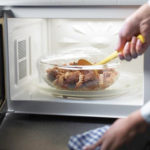Nowadays, when it comes to kitchen appliances in every household, the name microwave cannot be overlooked. The main function of a microwave is to heat food and drinks using microwaves. Some dishes can be prepared in the microwave without the need for stove cooking.
Thanks to its above-mentioned function, the microwave helps save time and effort in cooking. However, many users still have a question about whether to cover the dishes when using the microwave: “Should we cover or leave the dishes open when putting them in the microwave?
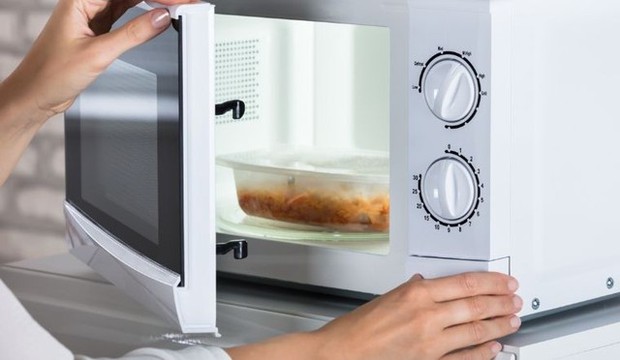
Illustrative image
Expert’s Answer
The answer to the question is that it is best to cover the food containers and dishes when microwaving them. This has been confirmed by an article on the Tasting Table website in the United States.
There are several reasons why it is best to cover the food when microwaving. The most obvious reason is related to hygiene. The author of the article on Tasting Table explains: “We all hate opening the microwave and finding debris scattered around in various corners or on the surface. In some cases, ingredients can explode inside the microwave when exposed to microwaves. Therefore, covering the food with a lid or wrap is necessary when using the microwave.“
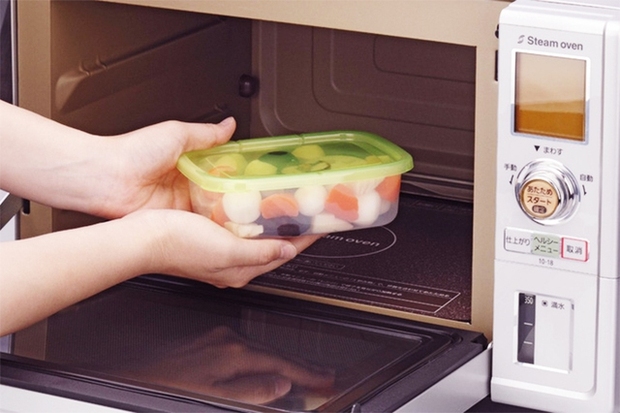
Covering the food containers when using the microwave is important for hygiene (Illustrative image)
Covering food containers and dishes when using the microwave helps keep the interior of the appliance clean and reduces the chances of unnecessary accidents. This also saves time and effort in cleaning the appliance.
The second reason explained by experts for the necessity of covering food when using the microwave is related to the quality of the food. According to information from Today, leaving food uncovered when microwaving can affect its texture, moisture level, and heat distribution.
It is apparent that when processing food in the microwave without a cover or wrap, the food can lose its initial moisture and become drier. “In addition, covering the food, even lightly, helps to heat it evenly and make it more delicious,” added the author of the article on Today.
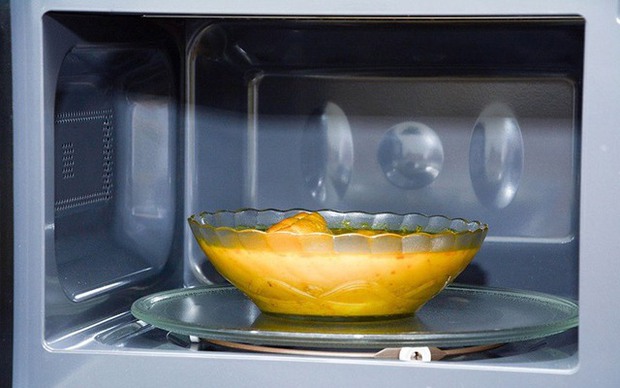
Not covering the food can affect its quality (Illustrative image)
Therefore, it is better to cover the food containers and dishes when heating them in the microwave. If the containers or dishes are made of plastic or wrapped in food wrap, it is important to check the manufacturer’s instructions to see if they are suitable for use in a microwave at high temperatures.
Other Common Microwave Mistakes
Many people believe that opening the food containers helps heat the food faster and better in the microwave. However, in reality, this is a misconception. In addition, Today also points out other common mistakes that households make when using the microwave.
1. Microwaving food continuously
Many microwaves have to operate continuously for a long period of time every day. For example, microwaves in companies or offices where employees line up to heat their lunch. This unintentional action can overload the appliance and the smell of one dish can affect others. Therefore, it is advisable to let the appliance rest for about 1 minute before heating the next dish.
2. Excessive use of disposable plastic and foam containers in the microwave
Many people have a habit of buying take-out food and heating it in the microwave while still in the plastic or foam containers. This should not be done.
Foam should never be put in the microwave. As for plastic or nylon containers, as mentioned above, it is important to carefully check the manufacturer’s instructions. If they can be used in the microwave, there will be a clear indication on the utensils. If not, it is better not to do it because under the influence of heat, low-quality plastics can contaminate food and affect human health.

Disposable foam or plastic containers should not be microwaved (Illustrative image)
3. Neglecting the cleanliness of the microwave
The third common mistake that households make when using the microwave is rarely paying attention to the cleanliness of the interior of the appliance, or even never cleaning it. This can affect the performance of the appliance and create a breeding ground for bacteria inside it, posing a risk of contamination to our food.
Therefore, households should develop and maintain a regular cleaning habit for the microwave, ideally once every 1-2 weeks.
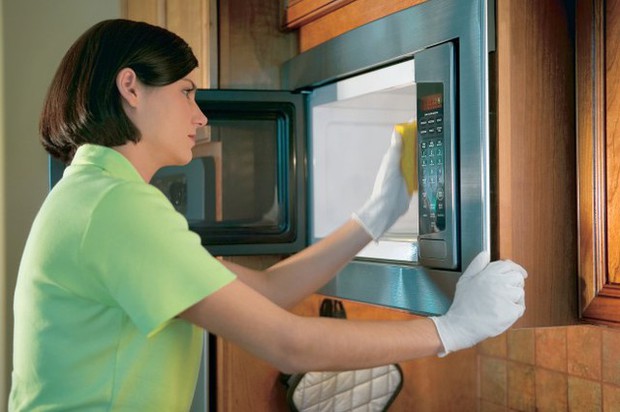
Illustrative image
4. Not removing the packaging when defrosting fresh food
Many people lazily defrost food in the microwave without removing the packaging. Experts recommend against this as it could release chemicals from foam or nylon packaging, which could contaminate the food. Therefore, if you want to defrost fresh meat in the microwave, it is best to remove the packaging, drain any excess liquid if any, and place it on a safe plate or tray for microwaving.
5. Using the microwave for purposes other than heating food
Using microwaves for purposes such as drying kitchen items, such as gloves, towels, or aprons, is a common misconception. This is strongly discouraged because using non-food items in the microwave can be dangerous and potentially cause fire or explosion.

























